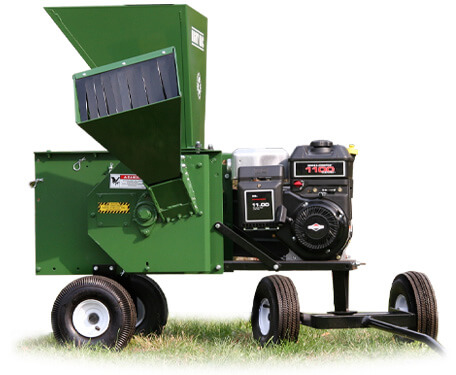Revitalizing Your Garden for Spring: A Comprehensive Guide

As winter recedes and the sun graces our gardens with its warmth, garden enthusiasts look forward to the rejuvenating period of spring and early summer. This transformative season offers the perfect opportunity to breathe new life into our outdoor sanctuaries. Here's a step-by-step guide to ensure your garden flourishes, from tidying up post-winter mess to enriching the soil and embracing the benefits of mulching for sustained vitality.
1. Clearing Winter Debris and Preparing the Soil
As winter gives way to spring, it's crucial to address the remnants of the colder months. Kickstart your garden's renewal by eliminating debris like fallen leaves, withered plants, and tree branches. This not only elevates the visual appeal of your garden but also safeguards against potential pest infestations and disease.
Edging your garden borders is equally pivotal, defining your garden beds' perimeters and warding off the encroachment of grass and weeds. Well-defined borders lend structure and aesthetic charm to your garden, laying the foundation for a captivating landscape.
Aeration is essential for preparing the soil for new growth. This involves turning over the soil to enhance its structure, drainage, and nutrient absorption. Incorporating nutrient-rich soil and compost revitalizes essential minerals and improves the soil's consistency, creating an ideal habitat for plants.
For those with smaller gardens, consider investing in a gas-powered garden tiller. This smallest garden tiller cultivator efficiently aerates and mixes in compost, saving you valuable time and energy during the soil preparation phase.
2. Spring Cleaning and Planting
With your garden tidied and soil enriched, it's time to infuse vitality with new plantings. Be it vibrant flowers, verdant foliage, or delectable vegetables, spring offers the ideal window to rejuvenate your outdoor haven.
When selecting plants, prioritize those suited to your local climate and specific growing conditions. Ensure you factor in sunlight exposure, soil type, and watering needs. Proper plant spacing fosters airflow and prevents overcrowding, bolstering healthier growth.
3. Mulching for Optimal Garden Health
After revitalizing your garden and introducing new plantings, mulching is indispensable for maintaining soil moisture, suppressing weeds, and stabilizing soil temperature. As mulch decomposes, it enriches the soil with valuable organic matter, enhancing its overall quality.
A gas wood chipper proves invaluable for creating your own mulch from yard waste like branches and tree trimmings. This eco-friendly approach not only minimizes waste but also offers a sustainable, nutrient-rich mulching solution for your garden.
For those with larger properties, a tow behind wood chipper, compatible with tractors or utility vehicles, can efficiently process larger volumes of material, simplifying mulching over extensive areas.
Preparing your garden for the upcoming spring and early summer season is a rewarding labor of love. From tidying up winter remnants to soil enrichment and new plant introductions, each step is pivotal in crafting a thriving outdoor sanctuary.
Investing in a best garden tiller for small gardens can streamline soil preparation, while a gas wood chipper machine facilitates effortless mulching. By dedicating time and effort to your garden now, you'll enjoy the fruits of a vibrant, productive garden throughout the season.
So, don your gardening gloves, gather your tools, and embark on the journey to breathe new life into your garden. With meticulous care and proper preparation, your garden is poised to flourish, delighting you with its splendor and bounty in the months ahead.







